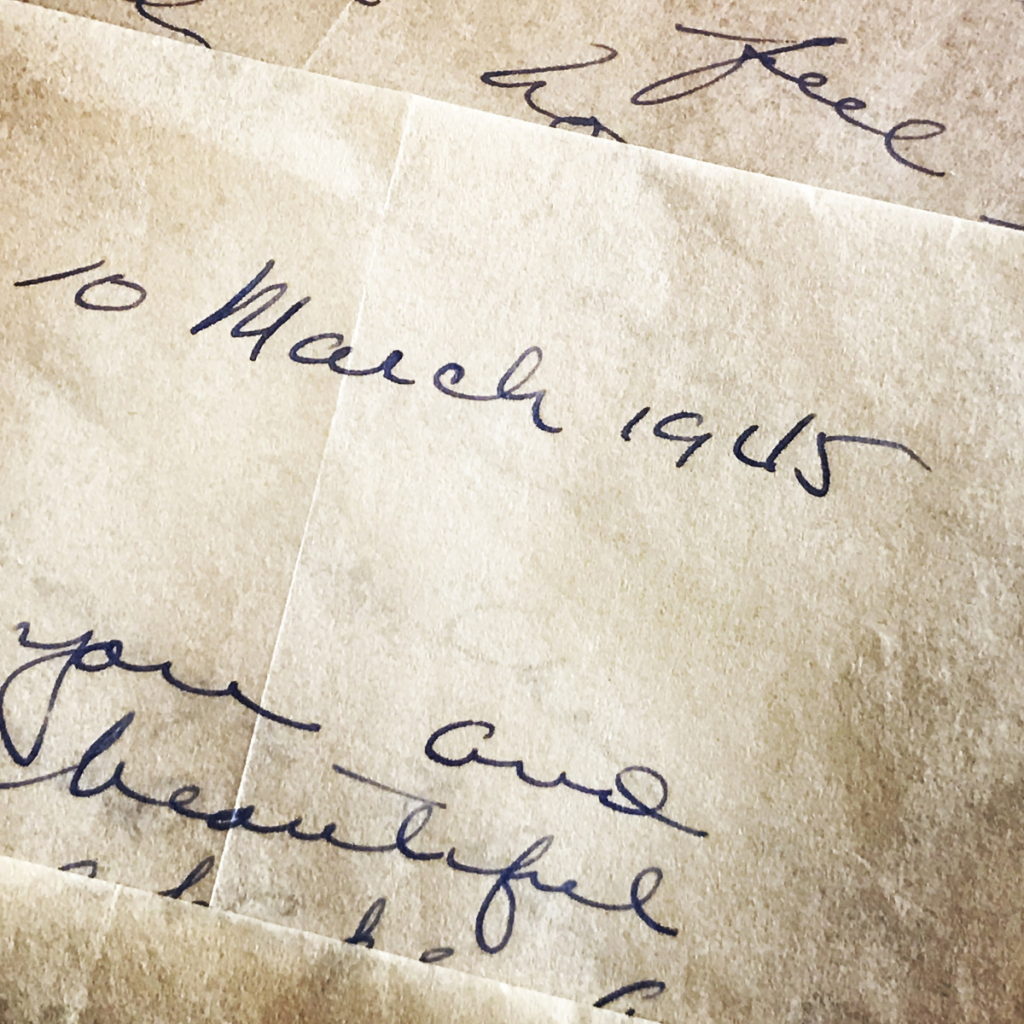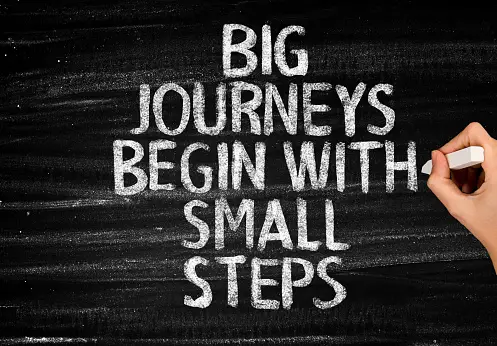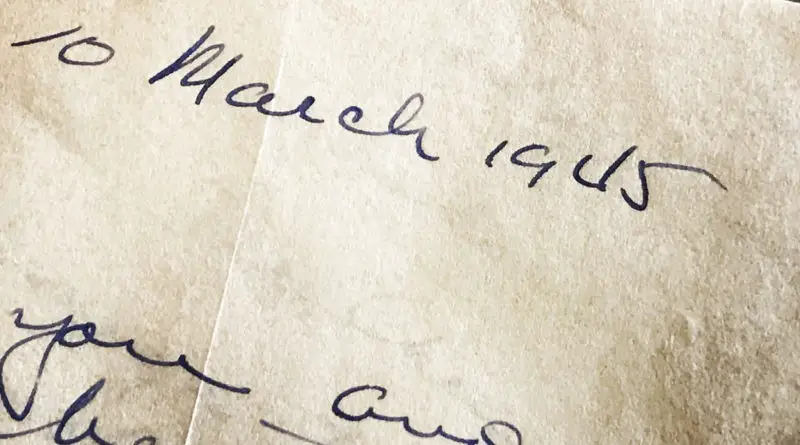5 Ways to Declutter Sentimental Items

Your sentimental items are the most difficult to declutter and take much more mental and emotional effort. And, the older we get, the more attached we become to our belongings. By far, decluttering sentimental items is easier said than done.
In a nutshell, sentimental clutter refers to the items that we are emotionally attached to and have difficulty discarding. If you have high school music flyers with your child’s name in them and your child graduated from high school a decade ago, this will ring familiar.
After all, what’s sentimental for each of us varies. And at the end of the day, when you start decluttering, you will come across these sentimental items, and as you already know, it will be hard to let them go.
Now, the purpose is not getting rid of everything that has sentimental value that you no longer need or use. Remember, this is your clutter-free journey, and the goal is to pare things down and keep what you cherish the most.
So, let’s look at five strategies for decluttering sentimental items.
1. Start small

You’ve decided to tackle your sentimental clutter, and you’re geared up to do so. Great. You’re going to do this! However, you don’t want to go gangbusters and bite off more than you can chew.
So, rather than bursting into the basement storage area and hauling out all the totes, select one to go through. Or, better yet, put some items from a tote into a bag and go through that bag.
Let’s go a bit deeper on this.
As you’re going through this process, you could come across items that elicit memories and all kinds of emotions, and you want to prepare for this. So, instead of becoming overwhelmed and exhibiting reluctance about going through this process again, taking baby steps will better lead to success.
Once you’ve gone through the practice of decluttering sentimental items a few more times, handling larger volumes will not be as daunting.
2. Separate the memories and the items
Speaking of memories, there is a tendency to blur the lines between memories and possessions, such that they almost become synonymous. We’ve got to remind ourselves that there’s a clear distinction between the two. And, getting rid of something doesn’t mean that you will no longer have the memory associated with it.
For instance, you don’t need the actual high school music flyer to remember your child’s music performances. You have memories of the performances.
Now, some may say, “Well, the program flyers jogged my memory and if I don’t’ have them, I’ll forget.”
My response would be, “Well, would you consider scanning one of the flyers and keeping it in digital format?”
Other options would be keeping one for a scrapbook or even a keepsake box.
Because at the end of the day, how many times are you rooting through your stuff to look for these program flyers? How many times have you looked at them since your child’s last high school music performance?
Once again, this is not easy. It’s going to take some mental fortitude to shift your mindset and focus on the task at hand – paring down what you have.
3. Release feelings of guilt
Perhaps you feel guilty about letting go of items that were given to you over the years as gifts.
A question to ask yourself is whether holding onto something out of guilt is worthwhile? If this gift has been in your home collecting dust, not being used or even valued, how long will it contribute to your clutter, because you feel guilty about letting it go?
Once you’ve been given a gift, it’s up to you to decide what to do with it. And if it no longer serves you or meets your needs, you are not obligated to keep it in your home.
So, the frog-shaped (nothing against frogs) serving dish from your great aunt that you never use, sitting in the back of your cupboard does not have to remain in your home. Release your feelings of guilt and place this item and others of its ilk in your donation pile.
4. Bid farewell

Marie Kondo’s advice is that giving “thanks to an item will significantly reduce or even eliminate any guilt you may feel when you decide that you will no longer have it in your home.”
As unconventional as this may sound, hear me out on it. My husband has a decent-sized vinyl record collection – yes, I said vinyl! He is paring down in this area and lists the vinyl records online for sale. Before listing each one, he plays it one more time for a final listen. It’s his way of saying goodbye before shipping the item to its new owner.
Are there sentimental items to which you can apply this strategy? Consider that they have served their purpose, and once you’ve said goodbye, you can move on without them.
5. Continue to ask questions

As you’re going through this process, continue asking questions to help provide clarity with decision-making.
A few questions to ask yourself include:
- Why am I holding onto this?
- Could someone else use this?
- Does this represent who I am today?
- Would a photo of this be good enough for me?
- What is the benefit of keeping this?
Should you keep sentimental items?
Keep in mind, decluttering sentimental items does not mean getting rid of everything. It is about paring down and keeping special things. And realistically speaking, everything cannot fit into this category.
Here are a few ideas to consider regarding the sentimental items you’ve decided to keep:
Keepsake box
Put a keepsake box together to hold some of your smaller items. If you’re crafty, decorate the box and display it on a bookshelf. Now you can access it at any time, which is far better than having these items hidden away.
Scrapbook
Scrapbooking is a great way to cull your sentimental items and can even have some historical value.
You never know how far down the family line this will travel.
Digital images
Store your treasured photos and documents on a cloud service. As well, take some photos of yourself with items that you’ve decided to donate, and store them digitally. Consider a digital photo frame, which will regularly rotate a series of photos once uploaded.
Display
The beauty about decluttering is that it frees up room in your home for the items you want to keep and display. Displaying the sentimental items that are truly meaningful to you will carry even more significance, once you’ve gone through this process.
Repurpose
Consider recreating something new, such as a quilt made of baby clothes, like in this video I found on YouTube.
Recap
Reviewing these suggestions will help you to declutter your sentimental items:
- Starting Small
- Separating the memories and the items
- Letting go of the guilt
- Bidding farewell
- Continuing to ask questions
Create a plan for what you decide to keep. Knowing that you have a plan and that you will be holding onto the most precious items will make decision-making easier.
Go ahead and start. The more you go through the process of decluttering sentimental items, you’ll get into a rhythm, and decision-making will be easier. Not to mention you’ll recover some much-needed space.
